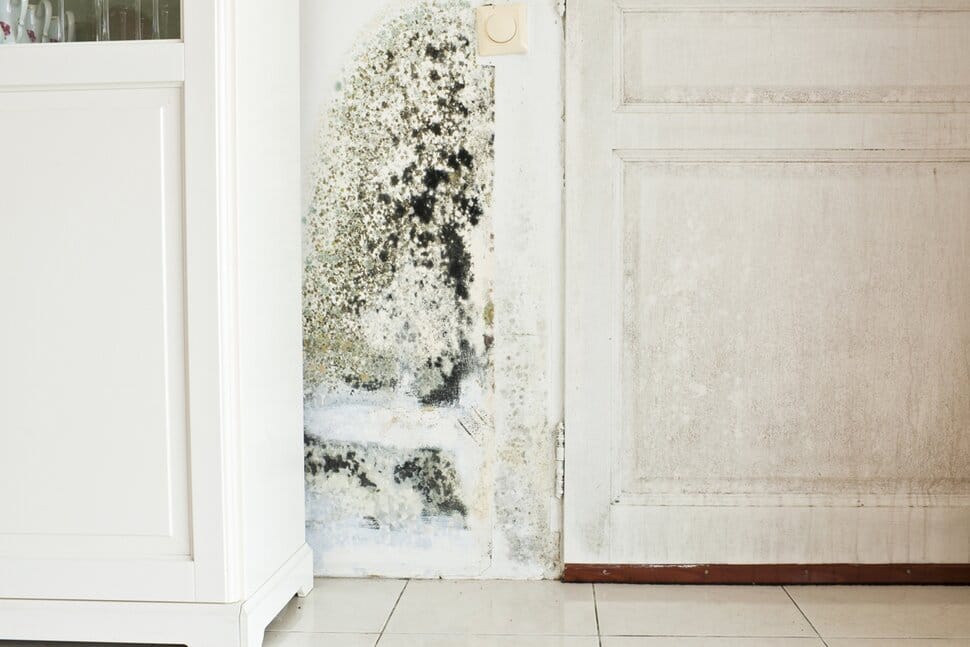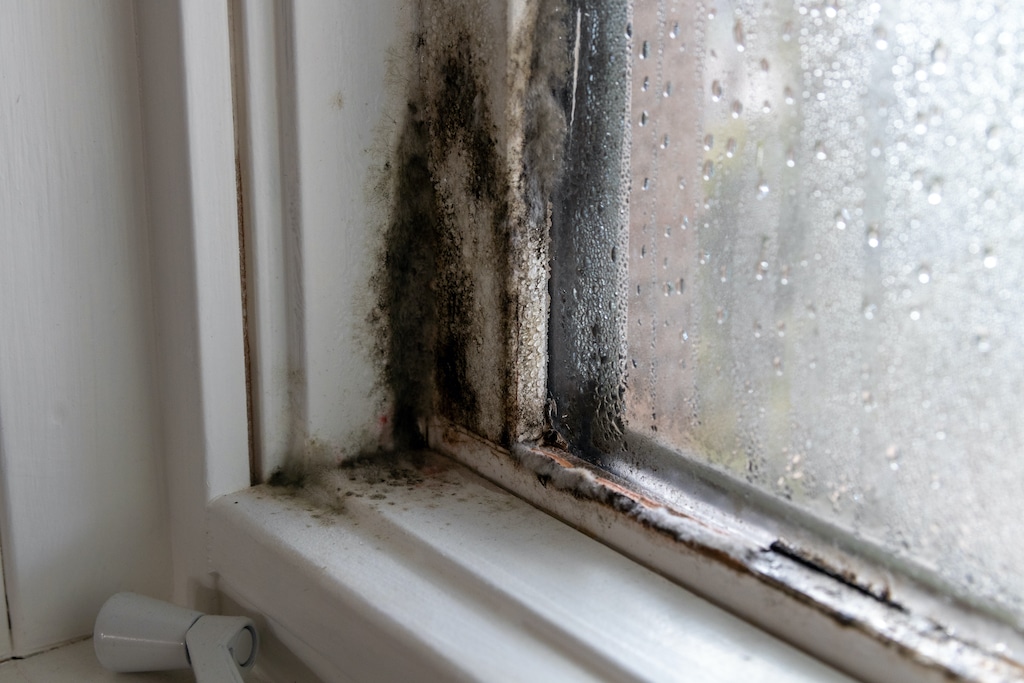
Mold In Washington DC Homes
What’s wrong with a little mildew and mold? If you can’t really see it, what’s the big deal? The answer: A lot. Untreated mold and mildew are not only a health hazard but can also destroy your home.
In this article, we’ll explain what may be causing mold problems in your Washington DC home.
To thrive, the only thing mold and mildew require is a moist humid environment and organic material. Rooftop and foundation leaks, excess interior humidity, spilling washing machines, and floods all common sources of moisture leading to mold growth in a home.
Organic matter like drywall backing, wallpaper, carpet bolster, household dust, and wood items are where you will find mold growth.
How Mold and Mildew Affect Your Home
Mold can eat anything to thrive including your house. The cellulose in the paper base of drywall, insulation, and wallpaper is a mold and mildew magnet Mold is also attracted to the adhesives used to stick carpeting to its backing eventually ruining drywall, wallpaper, and carpet it attacks if left untreated.
Many different types of mold enjoy feeding on everyday dirt and dust that accumulates in your home’s moist areas. worsening your interior appearance, feel, and odor. Mold can leave white cobweb-like growths or clusters of microscopic black flecks on your walls producing a musty odor.
When forming on damp basement stairs, this white mold can be slippery and deadly. Molds rarely destroy wood or cause structural damage—a that’s job for their fungal relatives- they may cause a lot of chaos. To properly locate mold, it’s essential to know how important moisture is for mold to formation, growth, and multiplication.
Common Breeding Grounds for Mold and Mildew
| Breeding Ground | Prevention Method |
| Damp environments like A/C duct joints that run through a heated attic | Seal all duct joints with a specific flexible mastic found in supply stores |
| Impermeable vinyl wall coverings, drywall as well as adhesive holding the vinyl wall covering in place | Use paint or wallcoverings with porous paper backings that don’t trap moisture. |
| Carpet, drywall, and insulation nearby when washing machines without a floor drain overflow or flood | Include a floor drain near the washing machine at all times. In primary or second-story laundry rooms, add an overflow pan directly beneath the machine or a 1-inch edge at the doorway to contain spills. |
| Water-resistant plasterboard used as a tile | Apply cement backer board. |
| Poorly ventilated restrooms | Use a bathroom fan and open the window if you have one. Scrub the area using 50% bleach solution. After the area dries, prime with an alcohol-based, white pigmented lacquer and a mildewcide-containing paint. |
| Poorly constructed crawlspaces Massive volumes of moisture are transmitted through bare ground floors. | Using 6-mil poly sheeting, covere the bear ground. The area should be heated, cooled, and humidified in the same manner as the rest of the building. |
| Stored indoors, freshly cut firewood | Store outside |
| Use humidifiers (particularly reservoir-type centralized units and portable units) | Clean and disinfect the reservoir on a regular basis with a store-bought antibacterial solution. |
| Condensation pan directly beneath the winding of your central A/C | Clean the pan with a 50% bleach solution before each cooling season, and ensure the continuous drain is functioning. |
| Concrete basements that haven’t been fully waterproofed from the outside | Before backfilling, adequately waterproof the surface of concrete walls. During construction, place 6 inches of gravel beneath concrete floors to prevent condensation from seeping up through the concrete and into the floor coverings. |
| Yards that slope towards foundations | Regrade the yard around the home so it slopes away from the house at a rate of 1-inch per foot. |
| Incorrectly flashed or caulked windows as well as those with generous surface condensation allowing moisture to infiltrate into wood, drywall, and surrounding insulation | During installation, thoroughly flash and caulk windows – optimum ventilation and airflow helps reduce condensation. |
| Loose flashings and shingles enable rain to seep into attics, insulation, eaves, and additional locations. | Perform yearly roof inspections. |

If You Notice Mold in Your Home
Educating yourself about the signs and symptoms of mold is one of the best preventative actions you can take. Doing some research online and contacting your local mold inspector is your best bet in combating your home mold problems which if left untreated post a serious threat to your health and home’s structural integrity.
At MoldGone, we offer FREE mold inspection and removal services available at reasonable prices.
Schedule an appointment here or call us today at 240-970-6533!

Recent Comments